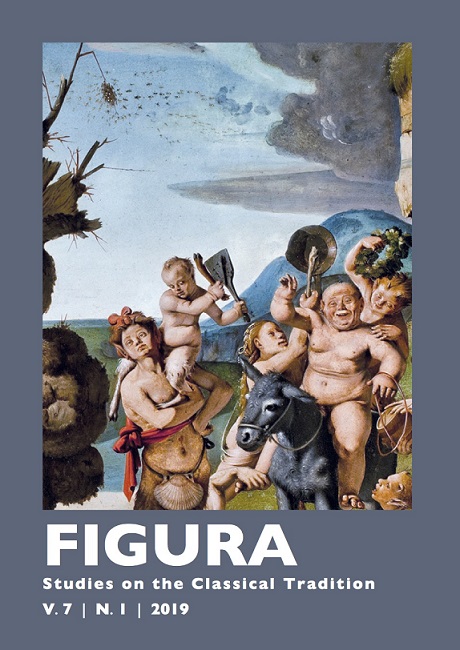Abstract
This paper identifies and contextualizes all the insects depicted by the Florentine master Piero di Cosimo (1462-1522). These are present in six of his paintings: Madonna and Child with Saints Lazarus and Sebastian, Chiesa dei Santi Michele Arcangelo e Lorenzo Martire, Montevettolini (Flesh fly); Vulcan and Aeolus, National Gallery of Canada, Ottawa (Migratory locust and Scarce swallowtail butterfly); Adoration of the Child, Toledo Museum of Art, Toledo, OH (Water scorpion); Venus, Mars and Cupid, Gemäldegalerie, Berlin (Jersey tiger moth and Housefly); The discovery of honey, Worcester Art Museum, Worcester, MA (Swarm of wasps); Virgin and Child with Saint John the Baptist and an Angel, Museu de Arte de São Paulo Assis Chateaubriand, São Paulo (Death’s head hawkmoth caterpillar). In an attempt to interpret the presence of each insect depicted within its specific iconographic context, we propose that Piero used them for different purposes: as references to events described in the New Testament (Toledo and São Paulo), as reminders of plagues that attacked the Tuscany of his time (Montevettolini and Berlin), as realized abstractions of natural elements (Ottawa), and even as a joke in a joyous bacchanalian scene (Worcester).

This work is licensed under a Creative Commons Attribution-NoDerivatives 4.0 International License.
Copyright (c) 2019 Figura

